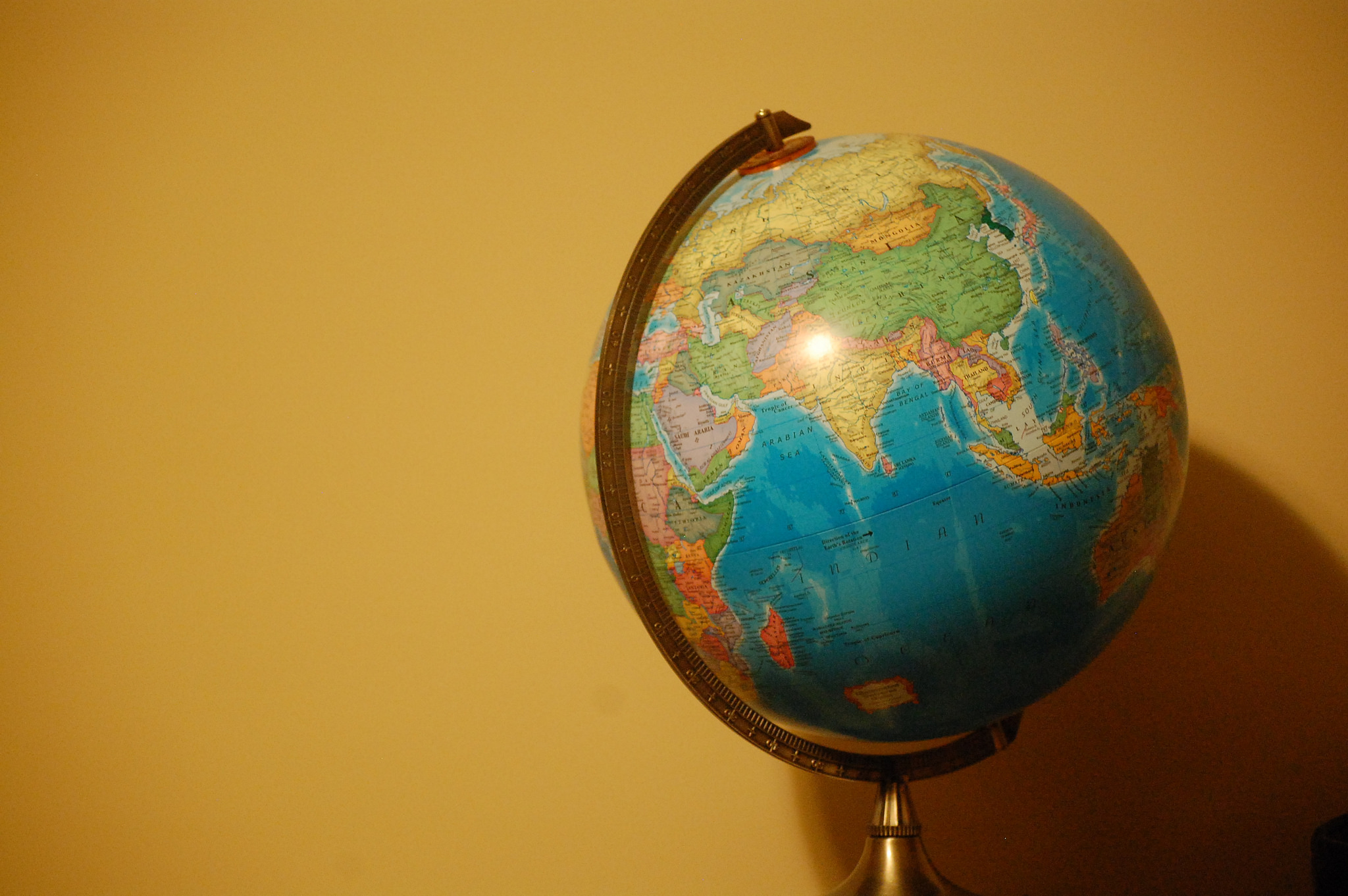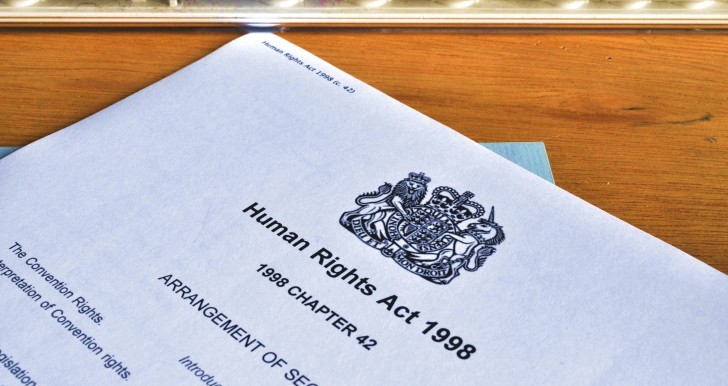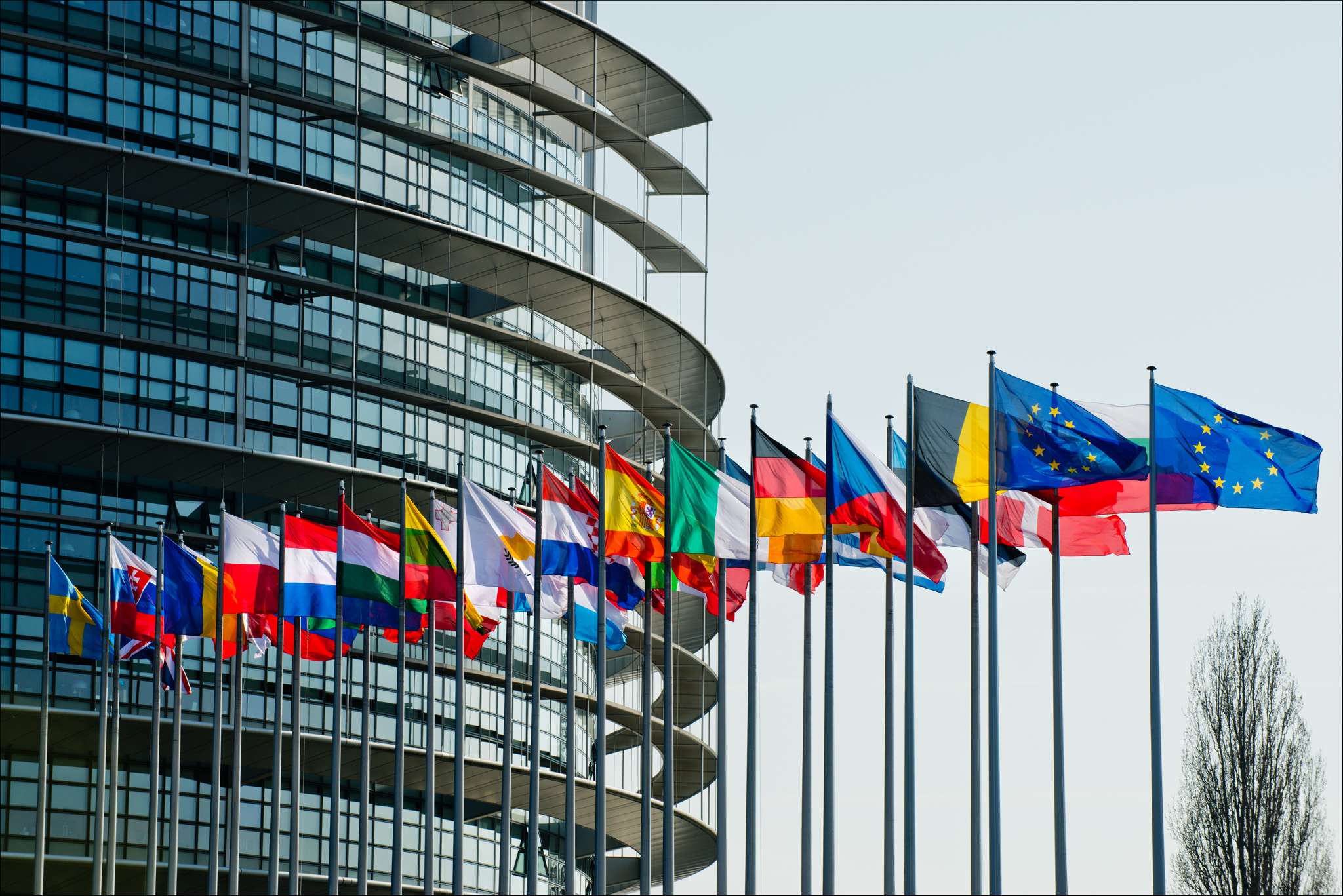On 3 September 2016, the European Convention on Human Rights celebrates 63 years since coming into effect. To mark the anniversary, we are taking a look at the Convention and other powerful documents which protect our rights. How do they work and which, if any, is the most important?
Magna Carta

Magna Carta‘s full Latin title, Magna Carta Libertatum, means “the Great Charter of the Liberties”. It was an agreement made in 1215 between the unpopular King John of England and a bunch of rebel barons (English noblemen). The barons demanded certain rights, including protection from imprisonment and speedy access to justice.
Magna Carta’s influence has been profound and has spread worldwide. Three of the original 63 clauses remain legally binding in England over 800 years later. Modern translations of Articles 39 and 40 of the Magna Carta say:
No free man shall be seized or imprisoned, or stripped of his rights or possessions… nor will we proceed with force against him, or send others to do so, except by the lawful judgment of his equals or by the law of the land.
To no one will we sell, to no one deny or delay right or justice.
Although some of it is still in force, Magna Carta is more of symbolic than practical importance in the UK today. That said, it has been cited in about 170 judgments of the superior English courts since 1900. It also served as inspiration for many international human rights documents and has attained totemic significance amongst many groups in the United States.
The Universal Declaration of Human Rights

The Universal Declaration of Human Rights (UDHR) is a statement of fundamental rights, established by the United Nations, in response to the terrors of World War II. The UDHR is not a treaty itself, but defines the words “fundamental freedoms” and “human rights” in the United Nations Charter, which is binding on member states. Many international lawyers believe that it forms part of customary international law (that is, laws that have developed through custom rather than by formal agreement).
The Declaration served as the foundation for two binding UN human rights covenants: the International Covenant on Civil and Political Rights (ICCPR) and the International Covenant on Economic, Social and Cultural Rights (ICESCR). There are Optional Protocols to the ICCPR and ICESCR which give individuals a right to complain to the UN Human Rights Committee if they think their human rights have been violated. However, the UK has not signed either of these Optional Protocols.
The European Convention on Human Rights

The European Convention on Human Rights (ECHR) was drawn up in response to the atrocities of World War II. It is an international treaty (that is, a formal legal agreement between states). States which have signed up to the Convention are bound, as a matter of international law, to secure to everyone within their jurisdiction the rights and freedoms set out in the Convention. It protects, for example, the rights to life, liberty and a fair trial, as well as freedom from torture, freedom of expression, and freedom from discrimination.
The United Kingdom agreed to be a party to the ECHR in March 1951 and finally became bound by it on 3 September 1953. In 1966, the UK permitted individuals to make complaints of violations to the European Court of Human Rights in Strasbourg. For more information see our explainer.
The Human Rights Act

The Human Rights Act 1998 is an Act of Parliament of the United Kingdom. It gives the rights in the European Convention on Human Rights legal effect in the UK. This means that individuals don’t have to spend additional time and money taking their complaints to the European Court of Human Rights in Strasbourg, but can go to UK-based courts to see that their rights are upheld.
The Human Rights Act has helped hospital patients to get a public inquiry into shocking standards of care; mentally disabled people to get the same protection as everyone else; victims of rape to have their complaints listened to by the police; children whose parents face deportation to be listened to; trafficked children to be treated as victims, not criminals, the Hillsborough football disaster families to get justice and thousands more. Read our explainer on the Human Rights Act here.
The Charter of Fundamental Rights of the European Union

The Charter of Fundamental Rights of the European Union sets out certain political, social and economic rights that EU institutions must respect when exercising their powers. It came into force in December 2009. It only binds the UK when it is implementing EU law. See our explainer here.
There is a special ‘opt-out’ protocol to the Charter that applies to the UK (and Poland). It says that EU and UK courts can’t declare domestic laws inconsistent with the rights in the Charter and that the Charter’s economic and social rights aren’t ‘justiciable’ (that is, enforceable in court). The protocol ensured that the Charter would not extend the powers of the European Court of Justice over UK law.
The Brexit referendum vote means that, once the UK leaves the EU, we will no longer have the protections afforded by the Charter.
Why is the European Convention so prominent?
Magna Carta is of greater historical than practical significance today. The Universal Declaration on Human Rights is an admirable attempt at a statement of common principles setting a minimum standard for human rights protection. But it lacks the legal force of a treaty and – crucially – does not give individuals the ability to bring legal proceedings when their rights have been violated.
The European Convention on Human Rights, on the other hand, is enforceable by the European Court of Human Rights. Individuals who claim their rights have been breached can approach the Court for a decision by an authority independent of the state said to have perpetrated the violation. It is that which makes the rights in the Convention system practical and effective.
Read our explainers on about the European Convention on Human Rights and the Human Rights Act. Learn about how human rights protect children, families, people in hospital, people with disabilities, victims of crime and many more.







